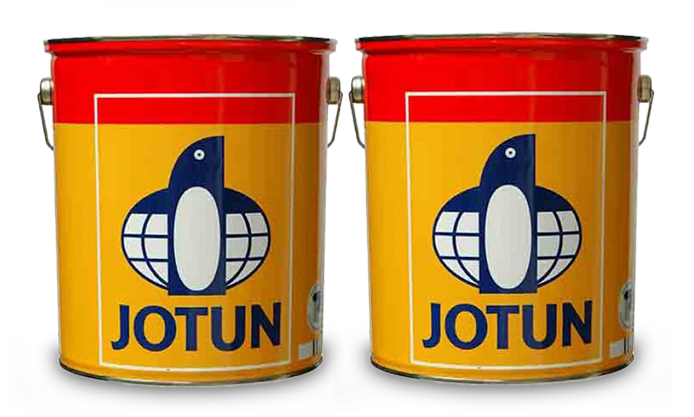Purpose of Primers
Primer paints serve as the foundation of a coating system, ensuring proper adhesion between the substrate and the topcoat while enhancing durability and performance. They seal porous surfaces, provide corrosion resistance, and improve the final appearance of a coating. Primers also help to prevent peeling, blistering, or uneven absorption of the topcoat. Used in industries such as construction, automotive, marine, and industrial coatings, primers extend the lifespan of the coated surface and optimize the performance of subsequent layers.
Main Types of Primer
2-pack primers are formulated to suit different materials and environmental conditions. The main types include;
Epoxy Primers
- Excellent adhesion, chemical resistance, and durability.
- Commonly used on metal, concrete, and industrial applications.
- Often provides corrosion protection for steel.
Alkyd (Oil-Based) Primers
- Good penetration and sealing properties, ideal for wood and ferrous metals.
- Slower drying but provide good adhesion.
Zinc-Rich Primers
- Provides sacrificial corrosion protection for steel structures.
- Used in marine, industrial, and high-performance applications.
- Should not be used below the waterline
Key Considerations When Selecting a 2-Pack Primer
Choosing the right primer depends on several factors:
- Substrate Material – Compatibility with metal, wood, concrete, plastic, or existing coatings is essential.
- Environmental Conditions – Exposure to moisture, UV, chemicals, or temperature fluctuations affects the choice of primer.
- Adhesion and Durability Needs – Some surfaces require specialty primers, such as etching primers for metals or stain-blocking primers for wood.
- Corrosion Protection – For metal applications, selecting a primer with anti-corrosion properties (e.g., zinc-rich or epoxy) is crucial.
- Drying Time and Overcoat Window – Some primers require longer drying times, while others allow rapid recoating.
- Compatibility with Topcoat – Ensure the primer and topcoat are chemically compatible to prevent adhesion failures.
Key Steps in Applying Primers
Proper primer application is essential for long-term coating performance. Please refer to product application guides for detailed information on specific products.
Step 1 - Surface Preparation
- High standards of preparation are crucial for durability
- Clean the surface thoroughly to remove dirt, grease, rust, and old coatings.
- Abrade or sand the substrate if necessary to promote adhesion. Ultra high pressure water jetting (30,000 – 40,000psi) or grit blasting, to a standard known as SA2.5 maximises the durability of the coating system.
Step 2 - Mixing and Thinning
- Observe the mix ratio precisely and mix the base and hardener thoroughly. Failure to do so will result in the paint not curing properly. If you’re not part mixing, pure the whole of the contents on the Comp B into the Comp A will ensure the mix ratio is correct. For part mixing, we have a “mixing by weight” sheet that enables precise measuring of small quantities in the correct mix ratio.
- Stir the primer thoroughly to ensure an even distribution of ingredients.
- If required, thin the primer using the manufacturer-recommended thinner. do not thin by more than 10%
Step 3 - Application
- Apply an even coat using a brush, roller, or spray gun.
- Apply multiple coats to build the film thickness to the recommended level.
- Brushing or rolling will typically require twice as many coats as application by airless spray. More coats = better, longer lasting protection!
- Allow proper drying between coats if multiple coats are needed.
Step 4 - Drying and Curing
- Follow the manufacturer’s recommended drying times before applying a topcoat.
- Avoid contamination or excessive handling before the primer has fully cured.
Step 5 - Inspection and Recoating
- Check for defects such as pinholes or uneven coverage.
- Lightly sand the primer if needed before applying the topcoat.
- Check the Application Guide for the paint you are using for maximum overcoating intervals without further preparation.
- Ensure the primer is within the overcoat window to avoid adhesion failures.
2-Pack Primer Frequently Asked Questions (FAQ's)
The FAQ's below are for general guidance only. For specific questions, please refer to the application guides on our product pages, or give us call and we will answer any questions that you have.
Q. Can I apply a primer over an existing paint layer?
A. It depends! Low volume solids 2 pack primers (such as Jotun Penguard HB) may react with existing single pack paints, causing the paint to blister. This is a reaction to the strong solvents contained in 2 pack primers. For primers with a “volume solids” of greater than 70% (i.e. only containing 30% or less solvent), the chances of a reaction are less. Try a test patch first. Goodsurface preparation, including cleaning and rubbing back as much as possible to the substrate, is still essential to ensure good adhesion and prevent subsequent cracking.
Q. Do all surfaces need a primer before painting?
A. Not necessarily, but bare, porous, or glossy surfaces typically require a primer to achieve good adhesion and durability.
Q. How long should I wait before applying a topcoat?
A. Drying times vary, but most primers require at least a few hours to 24 hours before recoating. Always check the manufacturers application guide.
Q. What happens if I apply a topcoat too soon?
A. Applying a topcoat before the primer has fully dried can result in poor adhesion, blistering, or solvent entrapment, leading to coating failure.
Q. Can I use the same primer for different substrates?
A. Some multi-purpose primers work across multiple materials, but specialised primers are recommended for optimal adhesion and performance.
Q. How do I know if a primer is compatible with my topcoat?
A. Check the manufacturer’s Application Guide. Incompatible coatings may lead to poor adhesion, wrinkling, or peeling.
Q. Can I use a primer as a finish coat?
A. Yes, if the primer is described as a self-priming topcoat Otherwise, most primers are not designed for long-term exposure; they need a topcoat to provide durability, weather resistance, and UV protection.
Q. Why is my primer peeling?
A. Common causes include poor surface preparation, incorrect primer choice, contamination, or applying a topcoat before the primer has fully dried.
Q. Do I need to sand between coats of primer?
A. Light sanding may be required between coats or before applying the topcoat to ensure a smooth finish and better adhesion. Check the Application Guide for the paint you are using for maximum overcoating intervals without further preparation.
Q. How many coats of primer should I apply?
A. Most applications require a minimum of two coats, but highly porous or stained surfaces may need additional coats.
Q. Can I spray apply a primer, or does it have to be brushed/rolled?
A. All primers can be spray-applied for a smoother finish. Brushing is good though for a first coat as it enables you to work the paint into the surface. It’s particularly good to brush pitted areas of steel.
Q. What’s the best primer for preventing rust on metal?
A. Epoxy or zinc-rich primers provide the best corrosion protection for steel and other metals exposed to harsh conditions. Do not use zinc-based primers below the waterline.
Q. How do I store leftover primer for future use?
A. Seal the container tightly and store it in a cool, dry place. With 2K primers, only mix what you will use within the “pot- life” of the paint, which is generally 1 – 2 hours. Unmixed 2 pack paints can be stored in tightly sealed tins for up to 4 years. Check the shelf life in the data sheet.

 Loading Products...
Loading Products...
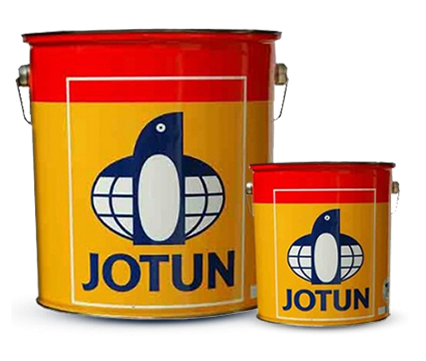
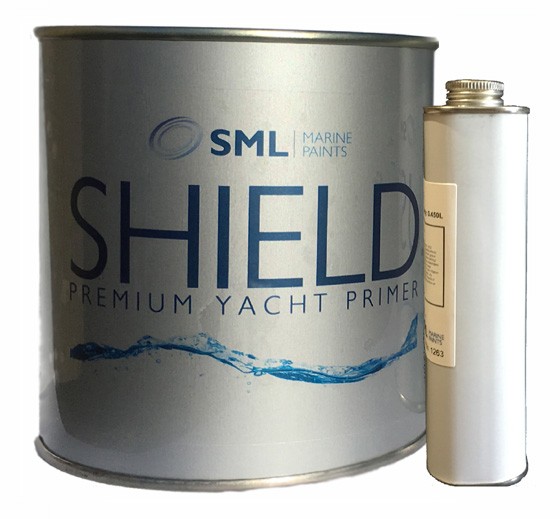
.png)
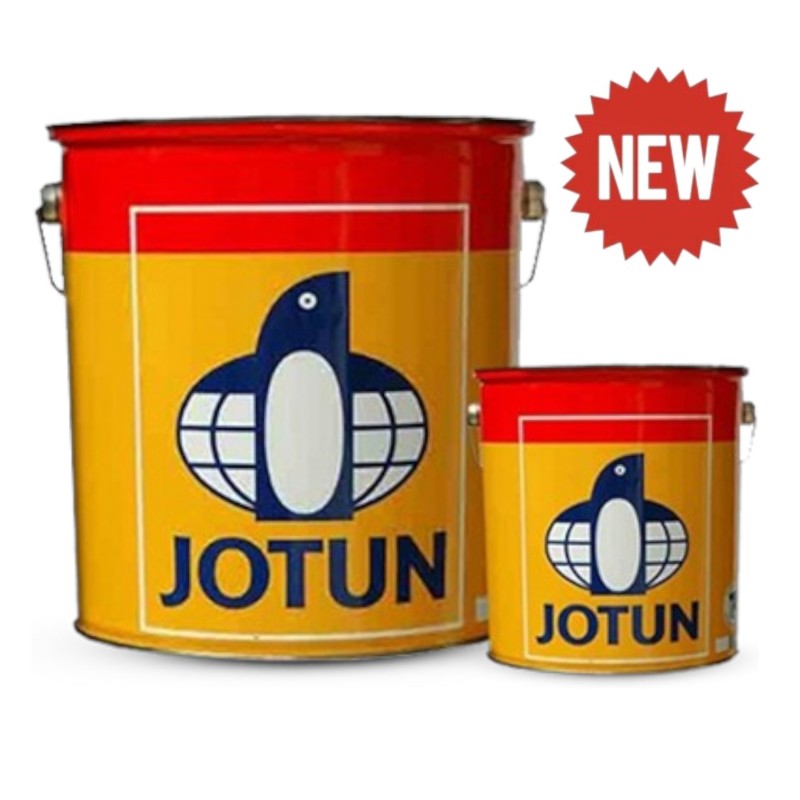
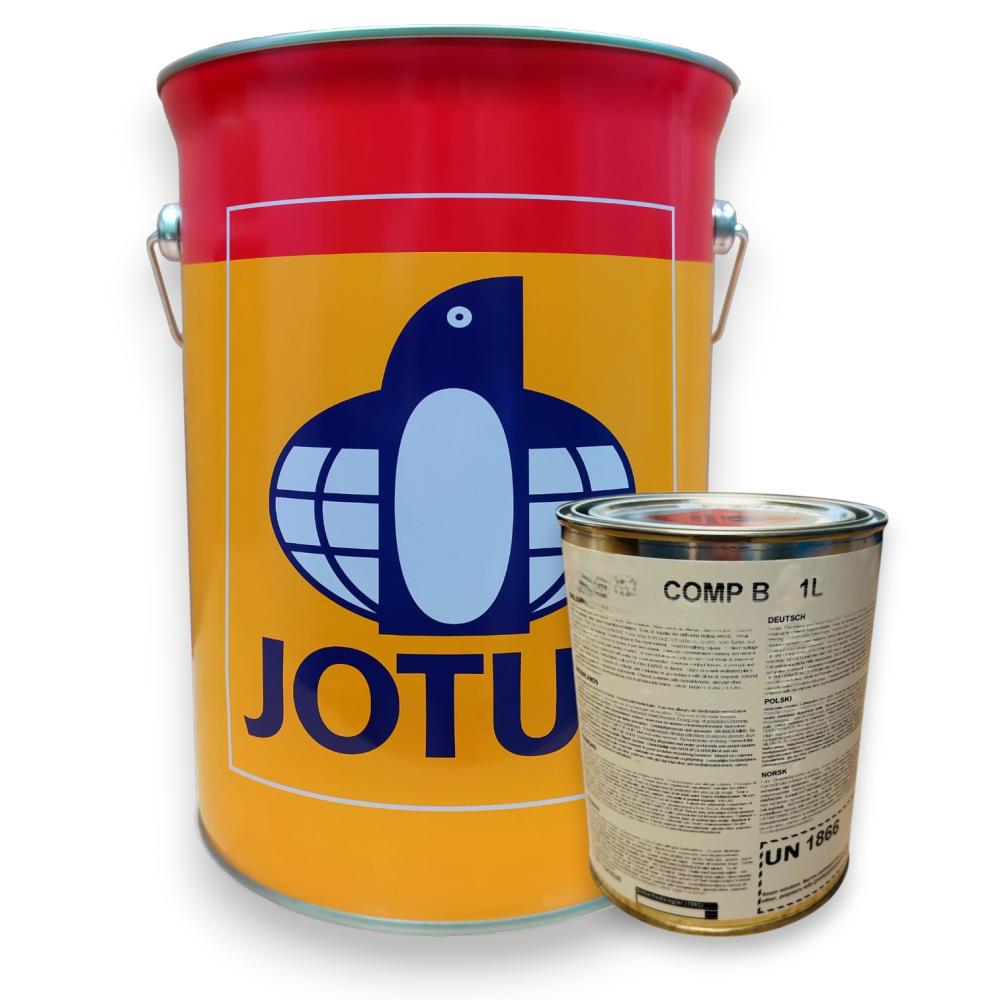
.png)
